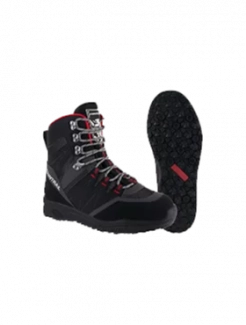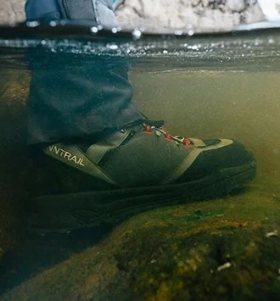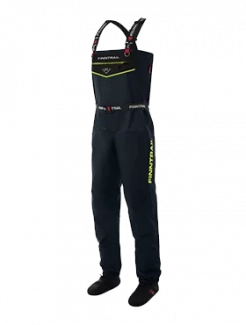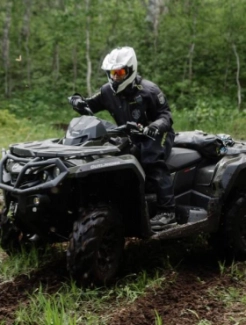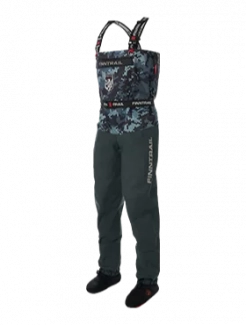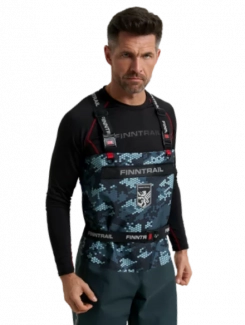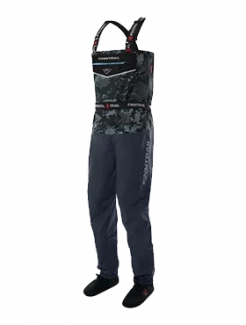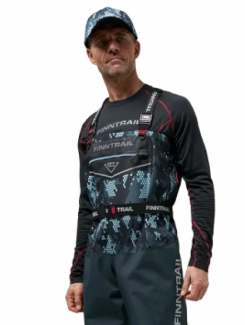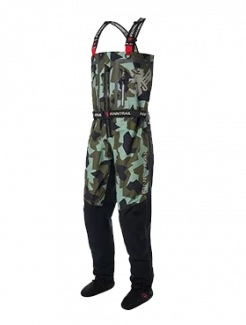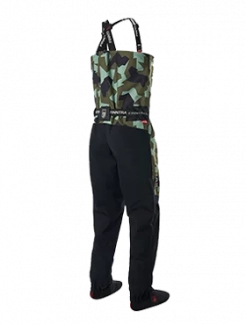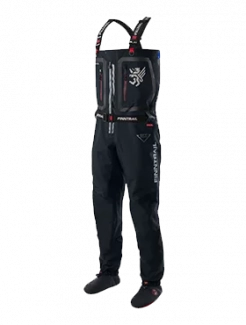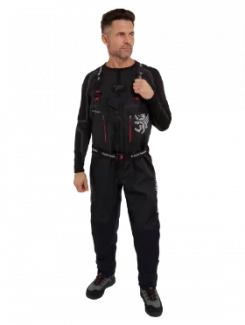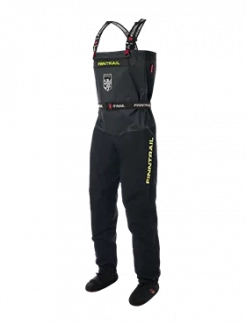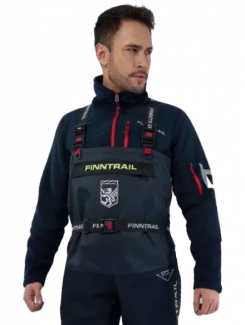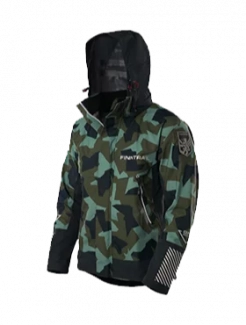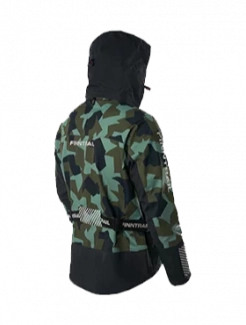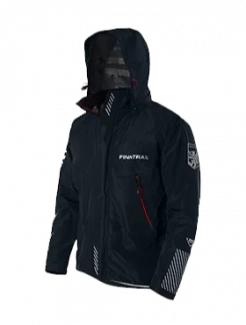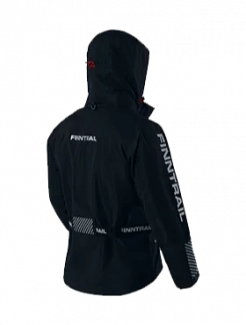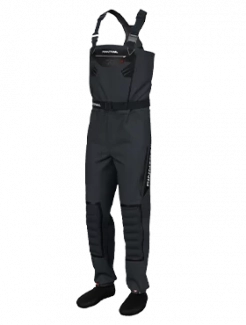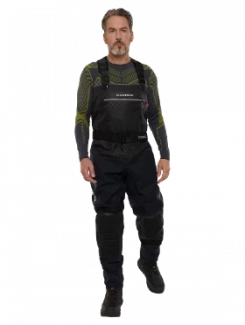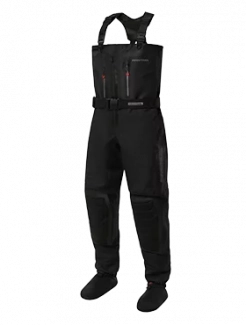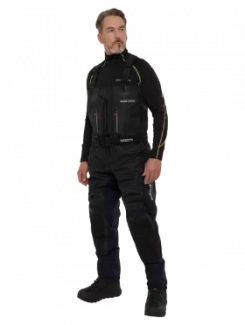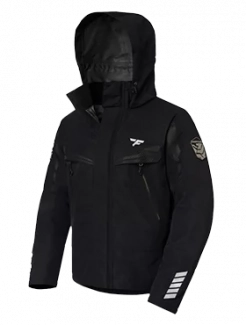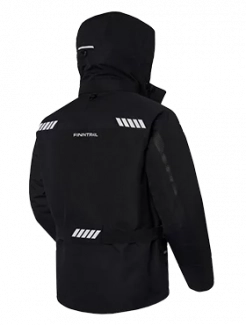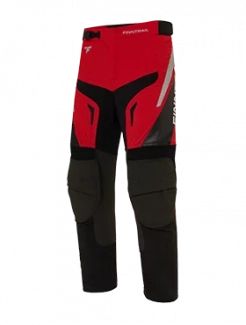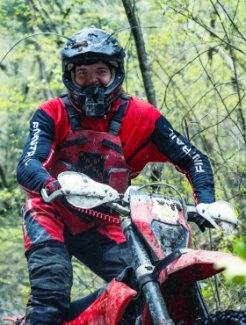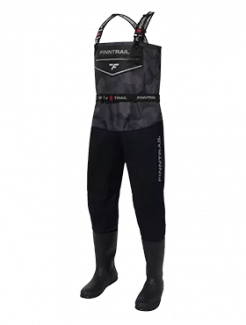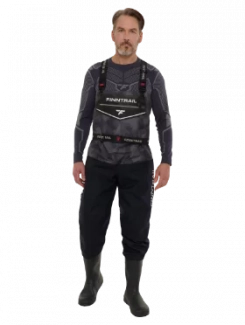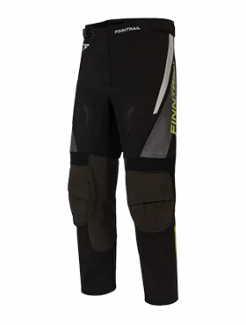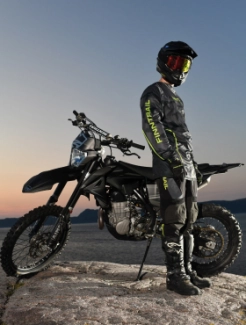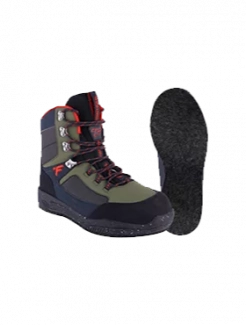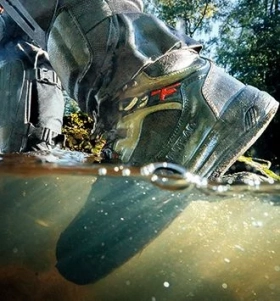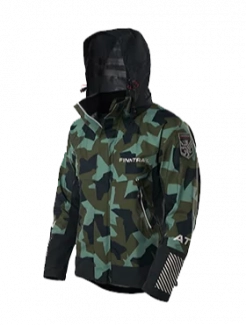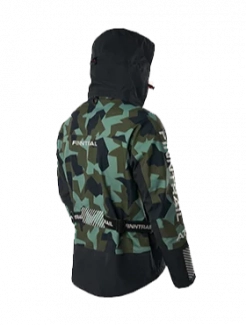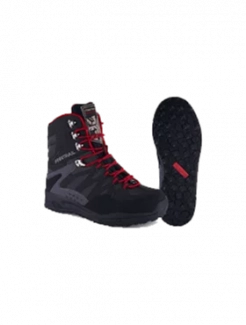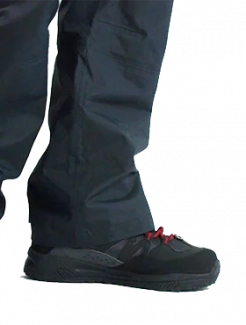Avoid These 5 Mistakes When Buying Off-Road Gear
For many riders, off-roading is more than a weekend hobby—it’s a way of life. Whether you’re exploring forest trails, crawling over rocky hills, or blasting through muddy swamps, the right equipment makes all the difference. Reliable off-roading gear keeps you safe, comfortable, and ready to push your limits. But choosing gear isn’t always straightforward, especially for newcomers.
It’s easy to get caught up in the excitement of shopping for jackets, boots, helmets, and accessories, only to realize later that something essential is missing—or worse, that your gear isn’t up to the challenge. To help you avoid costly mistakes, here are the five most common errors riders make when buying off-road riding gear, along with clear advice on how to build your own set of essential gear.
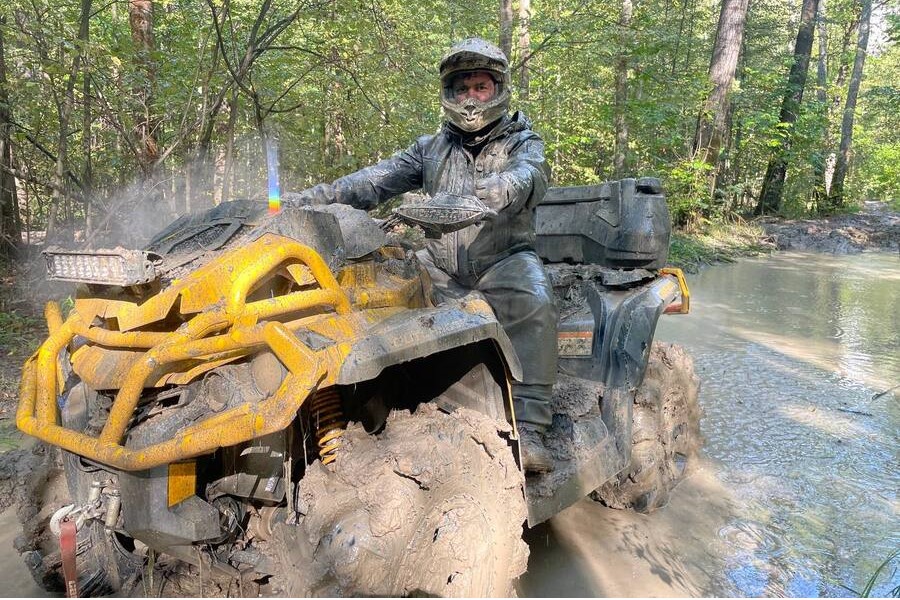
1. Prioritizing Looks Over Function
Every rider wants to look good on the trail. Sleek jackets, bold helmets, and matching gloves are appealing, but focusing only on style is one of the most common mistakes. The truth is, the trail doesn’t care about colors—it cares about how tough your gear is.
If your jacket tears at the elbows or your boots let in water, you’ll quickly realize that appearance means nothing without durability. The best riding gear is designed to protect you from sharp branches, flying rocks, mud, and sudden weather changes. Reinforced seams, waterproof yet breathable membranes, and abrasion-resistant fabrics matter far more than logos or flashy designs.
How to avoid this mistake:
-
Read product descriptions carefully and look for details like reinforced knees, waterproof zippers, and padded ankles.
-
Choose protective gear that has been tested by off-road riders in real conditions, not just photographed for a catalog.
-
Consider how gear will perform after hours in mud, rain, or snow.
In the long run, function-driven gear will look better because it stays intact ride after ride.
2. Skipping Safety Essentials
Many beginners make the mistake of thinking “I’ll just take it easy, I don’t need full gear.” That’s a dangerous mindset. Off-roading is unpredictable—even on beginner trails, one wrong turn can mean hitting a rock, rolling into a ditch, or sliding in mud. Without the right safety gear, small accidents can become serious.
At the very least, every rider should have:
-
A DOT-approved helmet to protect against head injuries.
-
Goggles to shield eyes from dust, branches, and flying dirt.
-
Gloves that provide grip even in wet or muddy conditions.
-
Sturdy boots with ankle support to prevent twists and sprains.
-
Body armor or protective suits to guard against impacts and abrasion.
These items form the foundation of your safety. Even experienced riders never skip them, because they know accidents happen when you least expect it.
How to avoid this mistake: start your gear list with safety items before anything else. Build from the helmet down and consider every piece of protection as essential, not optional. Think of it the same way you’d think of seatbelts in a car—you wouldn’t drive without them, so don’t ride without full gear.
3. Ignoring Weather and Terrain
Another common mistake is assuming that one set of gear will work everywhere. While it’s true that certain items are versatile, the reality is that essential off-road gear looks very different depending on where you ride.
-
Mud and swamps: waterproof waders, sealed boots, and quick-drying jackets are key.
-
Rocky terrain: abrasion-resistant pants and reinforced gloves protect against scrapes.
-
Desert or open sun: breathable fabrics, UV-protection shirts, and hydration packs keep you from overheating.
-
Cold weather: insulated suits, thermal base layers, and windproof jackets prevent dangerous chill.
Matching your riding gear to your environment isn’t just about comfort—it’s about safety. Overheating, dehydration, or hypothermia can be just as dangerous as a fall.
How to avoid this mistake: plan ahead and create a flexible wardrobe. Consider layering—thermal base layers under a waterproof shell can work in both cold and wet conditions. If you regularly ride in different climates, invest in multiple jackets or pants tailored for specific conditions.
4. Overlooking Fit and Comfort
Ill-fitting gear is one of the fastest ways to ruin a ride. A helmet that squeezes too tightly causes headaches. Boots that are too loose make it hard to control your ATV. Jackets or pants that restrict movement make simple maneuvers exhausting.
When buying ATV suits, comfort and mobility are just as important as protection. Off-road riding requires constant shifts, quick reactions, and sometimes hours in the saddle. Gear that doesn’t fit right will hold you back and even reduce protection—loose armor can slide on impact, and tight clothing can tear more easily.
How to avoid this mistake:
-
Try on gear in a riding stance, not just standing still.
-
Look for adjustable straps, elastic waistbands, and articulated knees or elbows that allow natural movement.
-
Don’t compromise on boots or helmets—proper fit here is non-negotiable for both safety and comfort..
5. Going Cheap Instead of Smart
Budget is always a factor, but going for the cheapest option is often a trap. Low-cost gear might look good online, but it rarely lasts through more than a season of heavy use. Worse, it often lacks critical protection features. A bargain jacket that tears in your first crash or boots that leak after one water crossing aren’t really saving you money—they’re costing you more in replacements.
The best riding gear is an investment. High-quality protective gear lasts for years, offering consistent safety and performance. While premium gear may seem expensive up front, it saves you money in the long run and ensures you’re always properly protected.
How to avoid this mistake:
-
Compare materials, not just prices. Look for features like multi-layer membranes, Teflon® coatings, or reinforced stitching.
-
Buy the best you can afford in key areas: helmet, boots, and protective clothing. Accessories can be upgraded later.
-
Think of gear as insurance—cheaper now often means paying more later.
Final Thoughts: Building the Right Off-Road Kit
Avoiding these five mistakes will save you time, money, and frustration. More importantly, it will keep you safe and ready for any adventure. Your off-road gear list should always start with protection, then expand to comfort and performance.
Whether you’re just starting out or upgrading after a few seasons, remember that investing in the right off-road safety gear is investing in your own riding future. With the right choices, you’ll be prepared for everything from casual weekend rides to the toughest trails—and you’ll enjoy every moment knowing your gear has your back.

